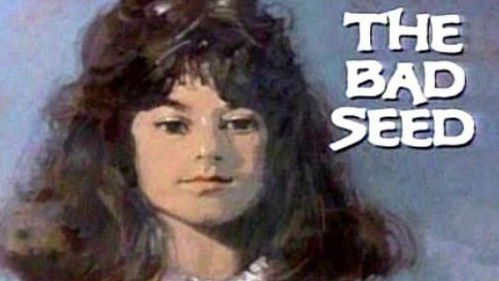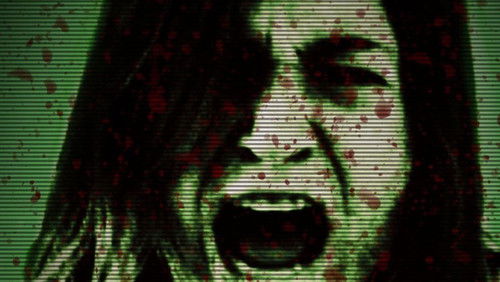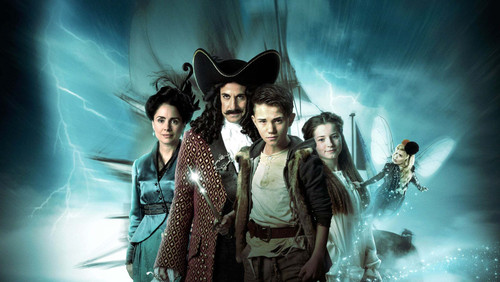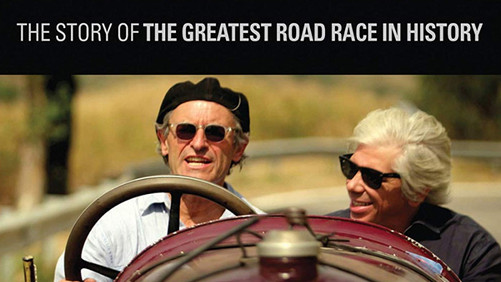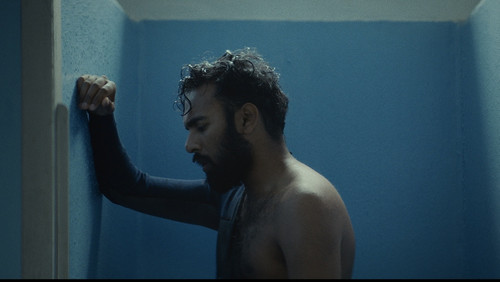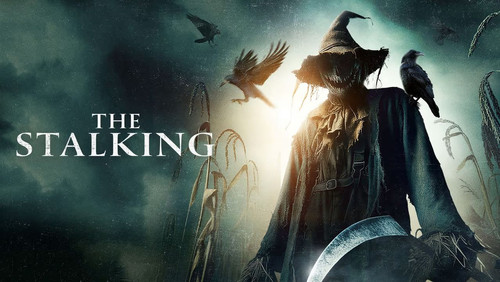Brandung (1968)
41KBrandung: Directed by Joseph Losey. With Elizabeth Taylor, Richard Burton, Noël Coward, Joanna Shimkus. Explores the confrontation between the woman who has everything, including emptiness, and a penniless poet who has nothing but the ability to fill a wealthy woman’s needs.
“Joseph Losey would have turned 100 on 14 January 2009 had he lived and it seems appropriate that I should commemorate that anniversary a day late and with this very film because: a) it deals with a much-married dying woman looking back on her life and b) it misses the mark of being a good movie. Actually, for most people, it does much more than the latter and is an unmitigated disaster, a serious blot on the careers of a handful of talented people: director Losey, playwright-screenwriter Tennessee Williams (who boldly claimed this was the best film ever to be made out of his own plays!) and lead actors Elizabeth Taylor and Richard Burton. On the other hand, the ones who generally escaped the critical trashing with their dignity intact were cinematographer Douglas Slocombe (shooting in the lovely Mediterranean island of Sardinia), composer John Barry (who provides a terrific and playfully eclectic score) and supporting players Noel Coward (making a droll appearance as the Witch of Capri) and Joanna Shimkus (as Tayloru0026#39;s long-suffering secretary). For one thing, the Burtons were both miscast, with her being far too young she was just 36 at the time and him too old for their roles (Tallulah Bankhead and Tab Hunter, respectively, had originally played those parts in the equally catastrophic stage version)! The fact that BOOM is one of eccentric film-maker John Watersu0026#39; all-time favorites is a clear sign that the movieu0026#39;s reputation (bad or cult, depending which side of the fence one happens to be on) rests squarely on its high camp quotient: Tayloru0026#39;s constantly shrill, foul-mouthed delivery (including the occasional line in massacred Italian) which, again, can be downright annoying or mildly amusing and her parading in an incredible Kabuki costume to the strains of live sitars; u0026quot;Angel of Deathu0026quot; Burtonu0026#39;s walking around (hair blowing in the wind) in a samurai warrioru0026#39;s attire and brandishing the proverbial sword on the ledge of Tayloru0026#39;s clifftop villa; diminutive bodyguard Michael Dunn unleashing his pack of wild dogs on intruder Burton, etc. In the long run, however, what really saves the film for me apart from those assets already mentioned at the top is Loseyu0026#39;s mise-en-scene which, from the very first shot to the last, is remarkably cinematic and inventive in spite of his allegedly hitting the bottle quite hard during production (which did not prevent either of the Burtons from working for him once more, albeit separately)!”

